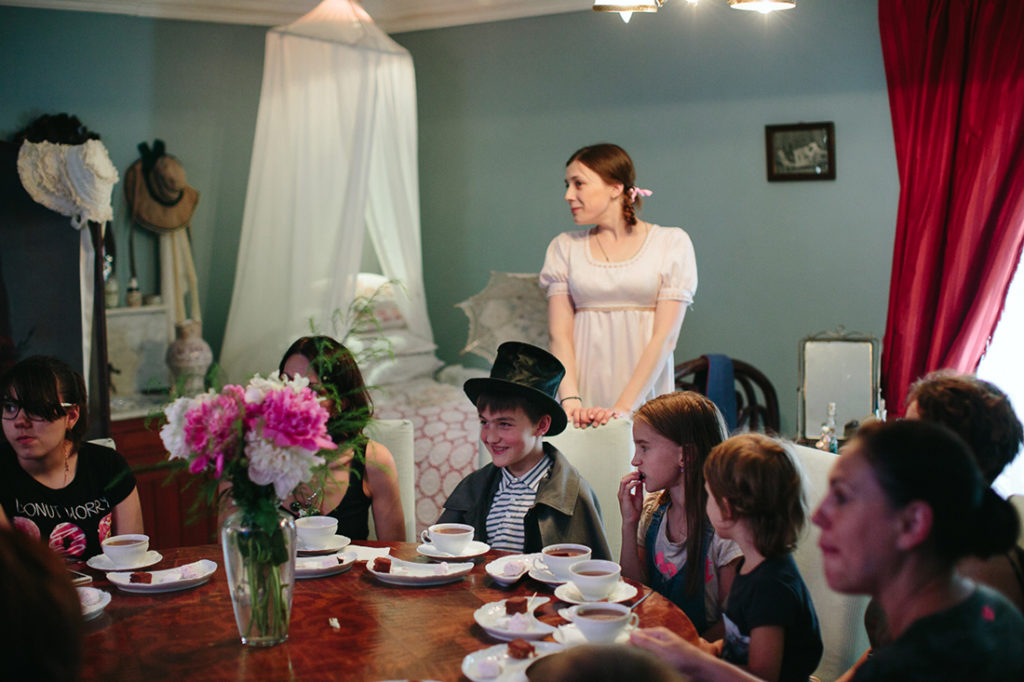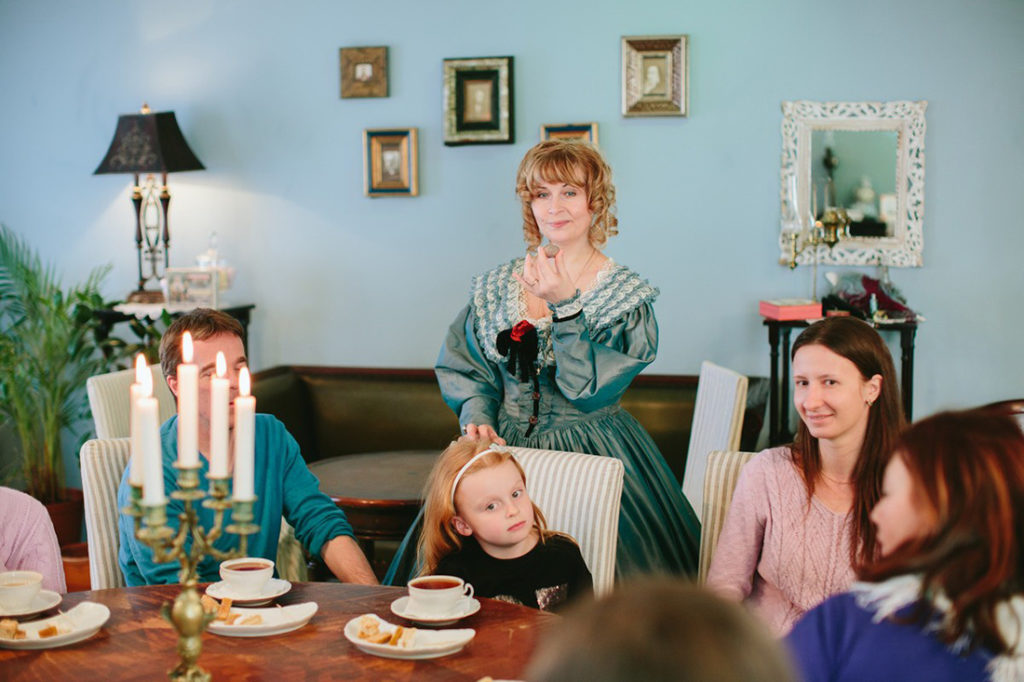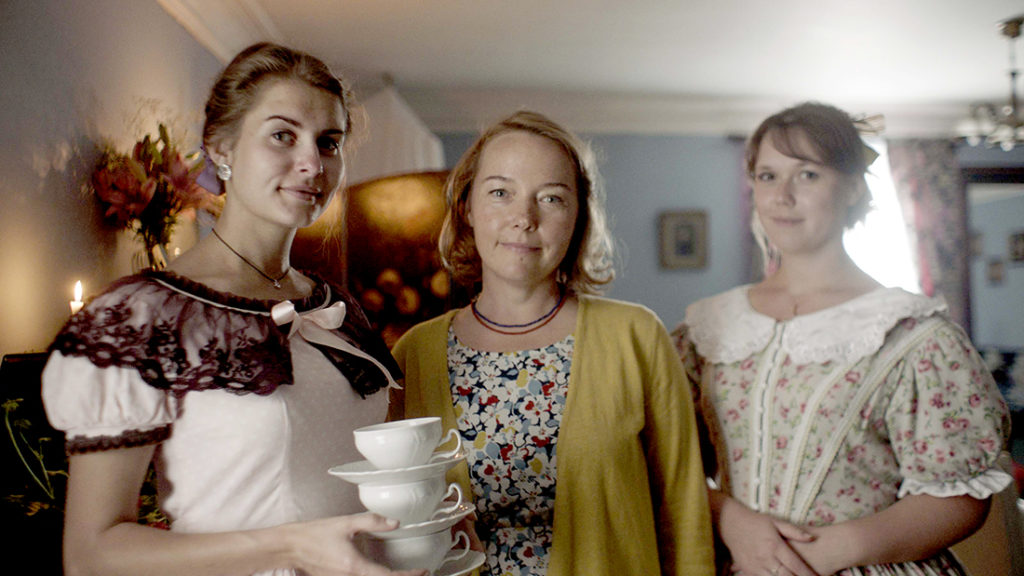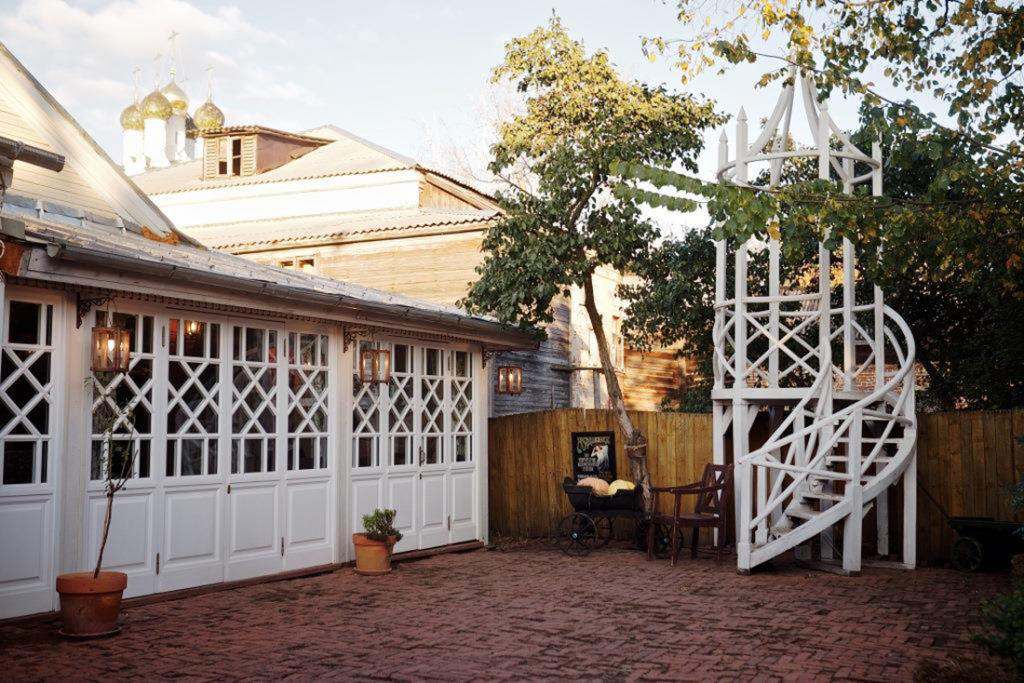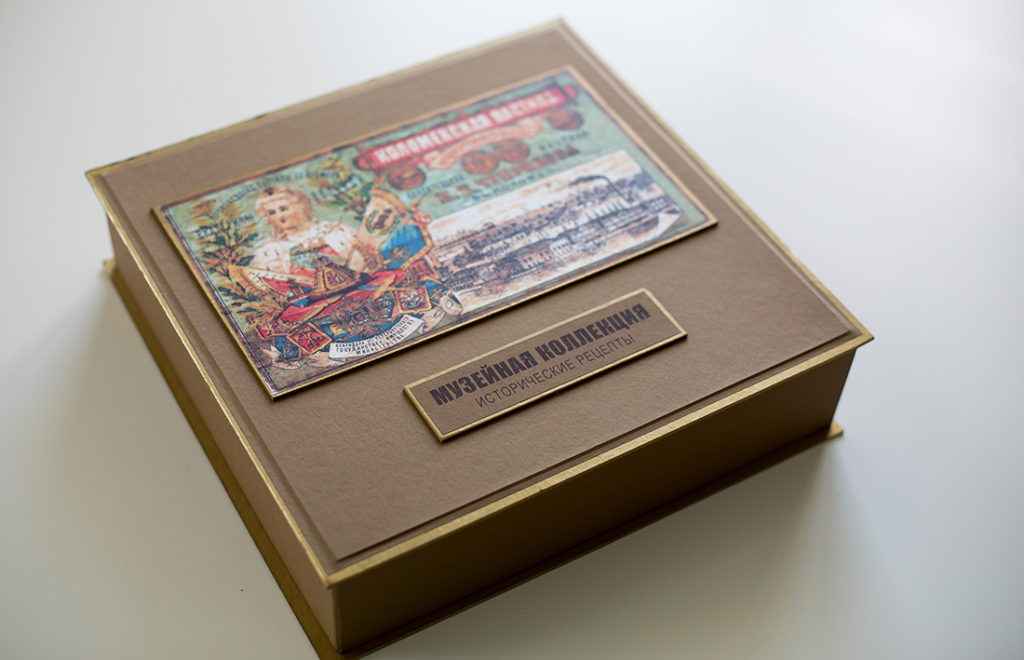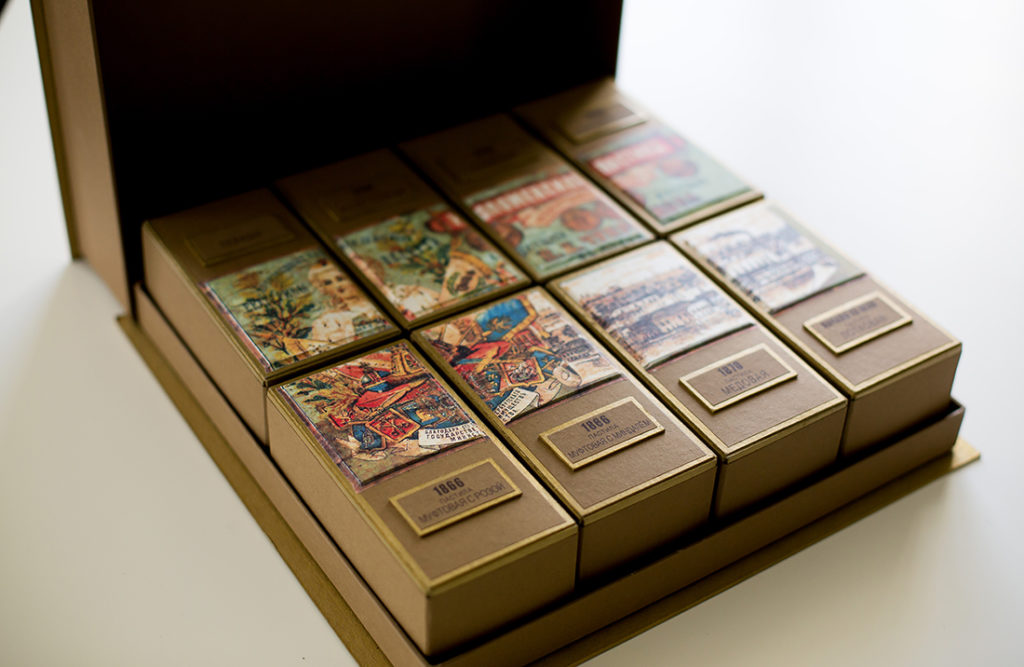The Kolomna Marshmallow Historical Museum
Moscow Oblast
Contact information
Building 13a Posadskaya Ulitsa, Kolomna, Moscow Region
Tel.: +7 (800) 350-39-08, +7 (495) 228-11-10, +7 (985) 069-75-18, +7 (985) 876-89-62
Operating hours
10:00 – 20:00 daily, by appointment
Ticket price
Free admission for a walkthrough
Full ticket price with a tour – 200 rubles
Reduced rate with a tour – 150 rubles
Founder, Director, Owner of the Museum
Natalia Gennadievna Nikitina
Founded
2009
The Kolomna Marshmallow Historical Museum was opened on January 24th, 2009. It is located in Kolomensky Posad in the outbuilding of the city estate of the Suranovs merchants, built in 1800, an architectural monument of regional significance. The idea of creating the museum was conceived at a project seminar for participants in the contest “A Changing Museum in a Changing World” by the V. Potanin Charitable Foundation. By that time, the creators of the museum had thoroughly studied the history of the Kolomna marshmallow, recreated the historical appearance of the Kolomna marshmallow, found an old recipe, and received the product itself – the Kolomna marshmallow.
The Kolomna Marshmallow Historical Museum of is located in the outbuilding of the old merchant’s estate of the Suranovs, and a Kolomna marshmallow plant settled here. Peace and order reigns in the living room, broken only by the trills of the canary and striking of an old watch. Inviting guests to tea, the hostess serves different “varieties” of marshmallows and starts a relaxing conversation about the old traditions. You will hear about the amusements at the Kolomensky Posad of Ivan the Terrible and about the Masons, who secretly gathered in the living room of the Suranovs’ house; about the ancient gardens of Kolomna and the wonderful apples of Bishop Nikita; about the treasure found in the old buffet; and about the famous neighbors of the museum – Ivan Lazhechnikov and Boris Pilnyak, and, of course, about the Kolomna marshmallow itself.
The marshmallow is an old Russian delicacy made from freshly baked apples of a sour taste, with the addition of garden and forest berries, honey, and nuts. The marshmallow in Russia was cooked under Ivan the Terrible. It was a natural medieval preserve , which was a sure way to preserve the crop. Apples were steamed in the oven, kneaded, put on boards and dried under the sun. Thin strips of brown color were folded into scrolls and consumed as a treat until the next harvest. Strawberry, raspberry, blueberry, cranberry, lingonberry, orange puree, as well as almond or pine nut, vanilla, cinnamon, and natural damask rose oil were added. This is the way the collection of flavors of the Kolomna Marshmallow Museum is created.
